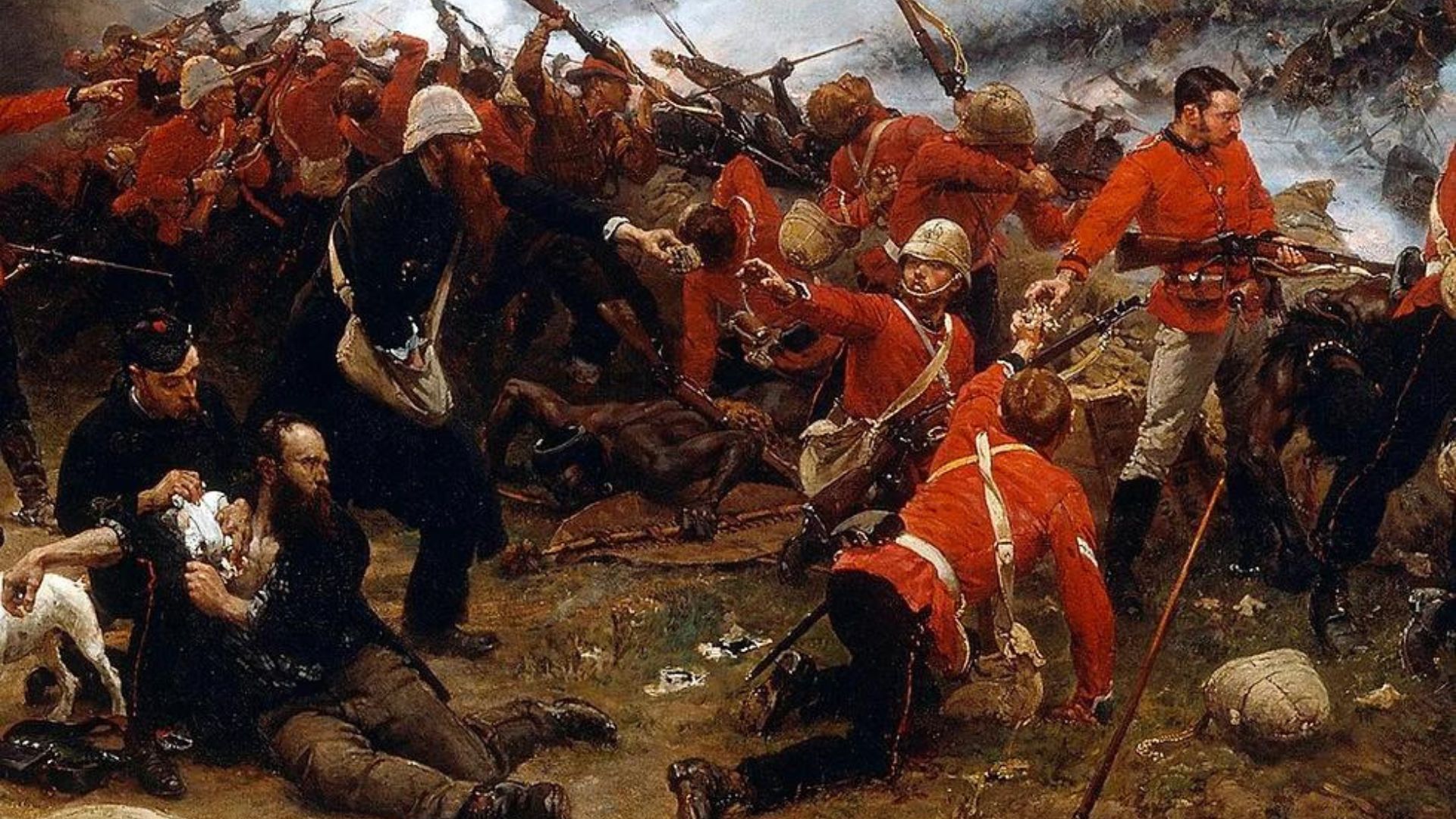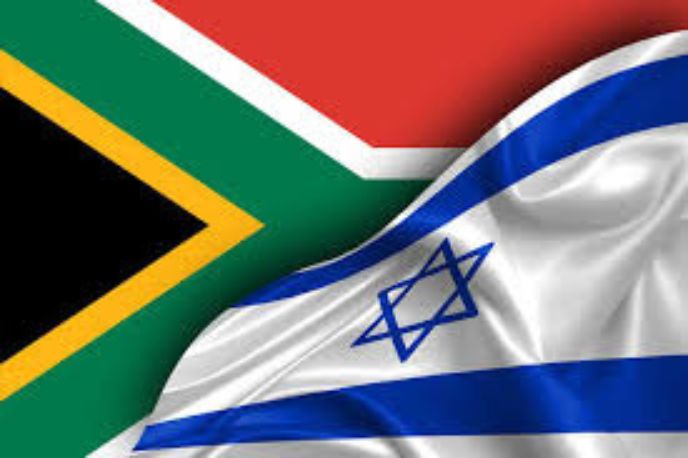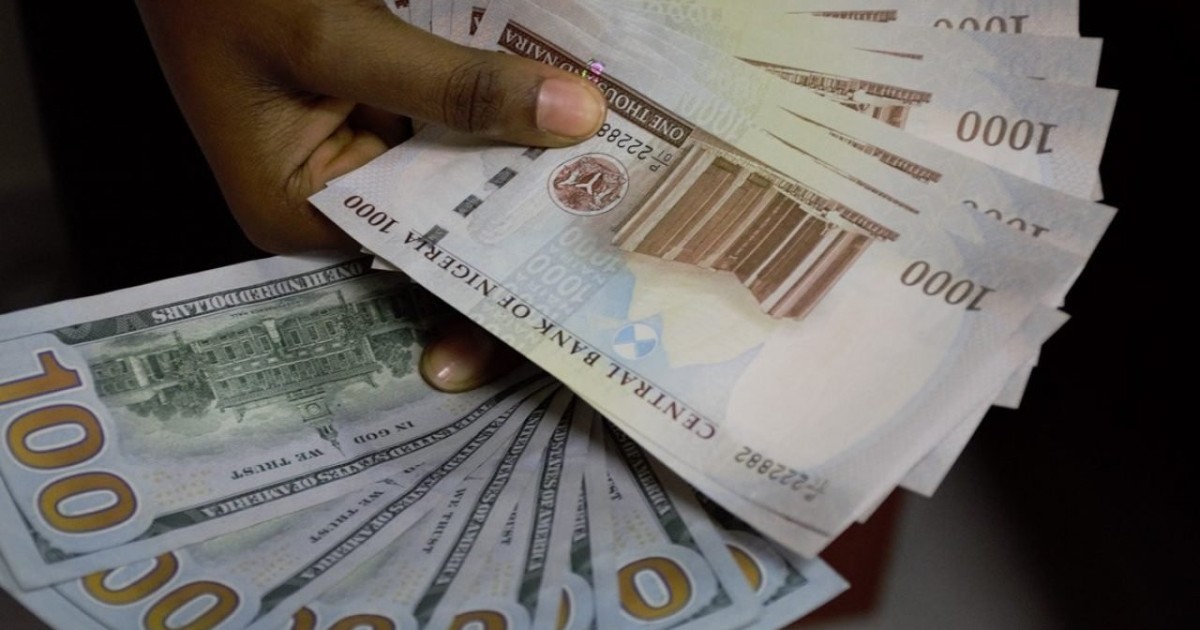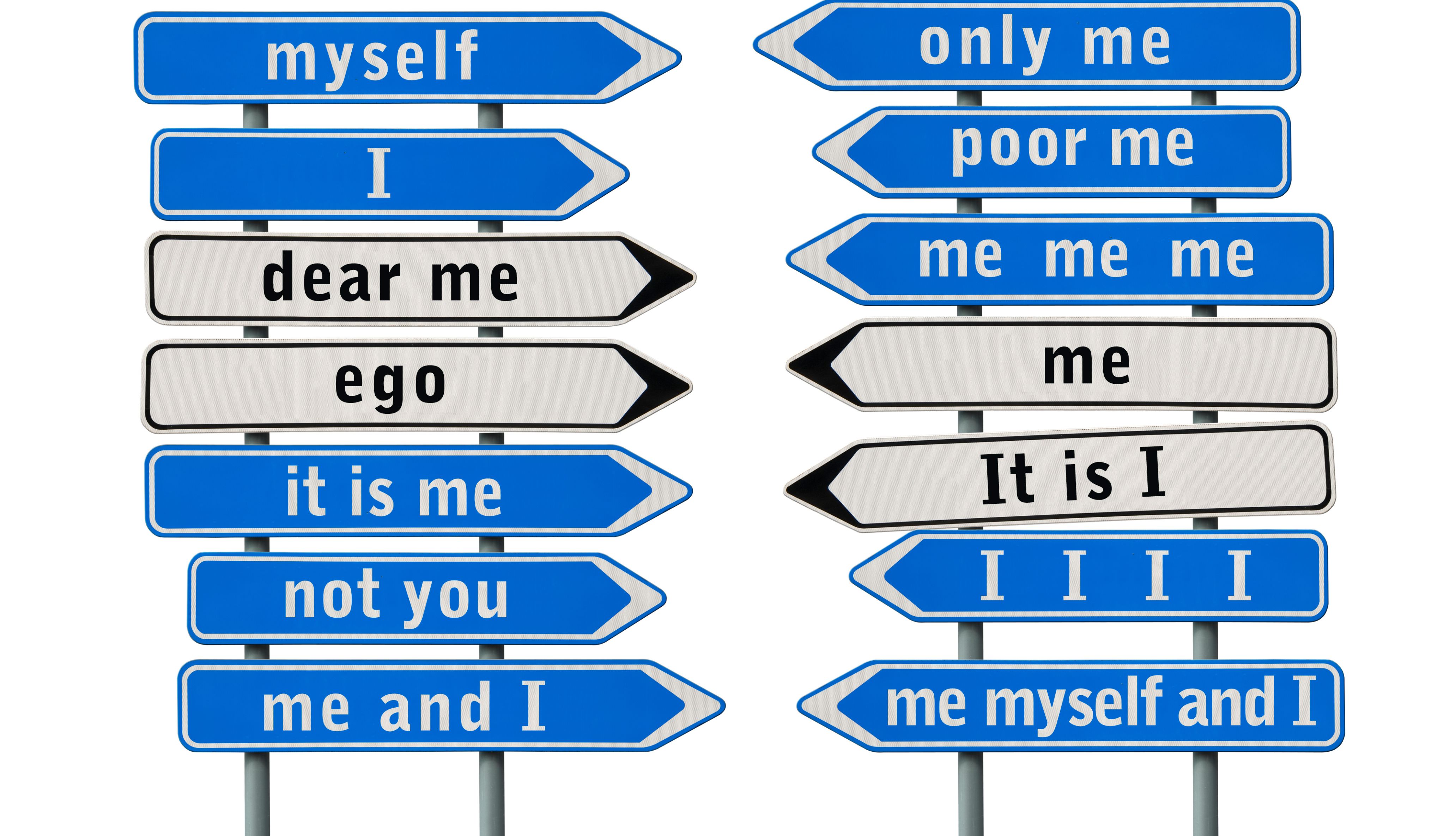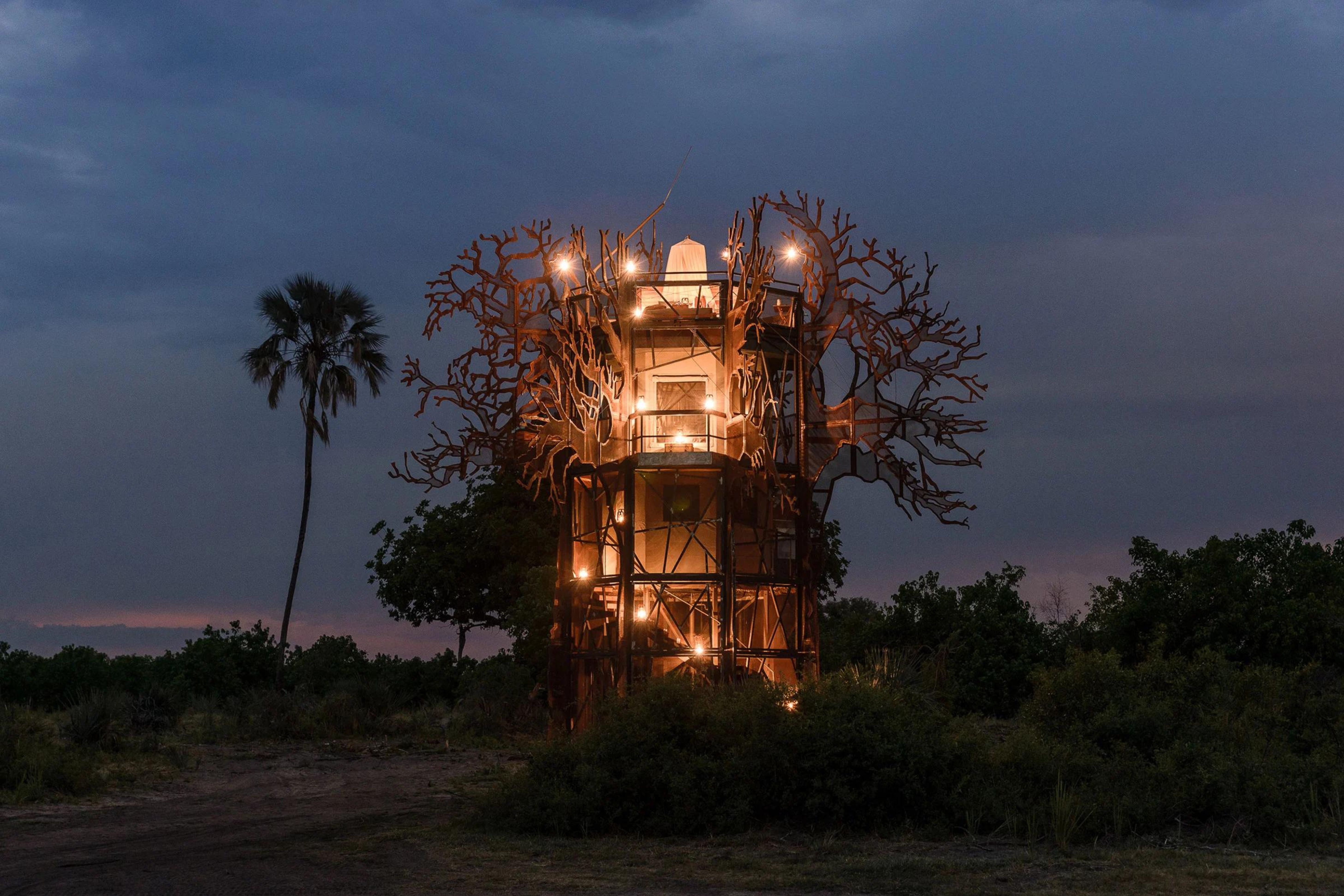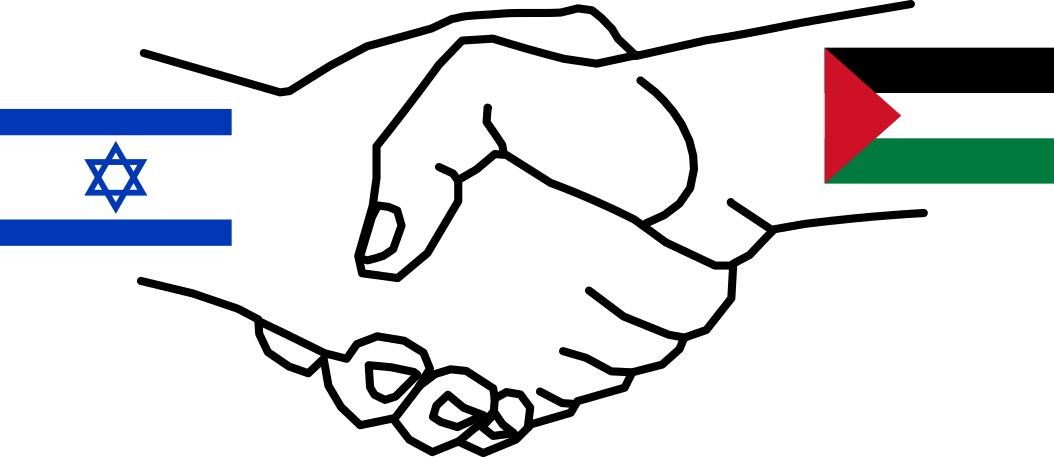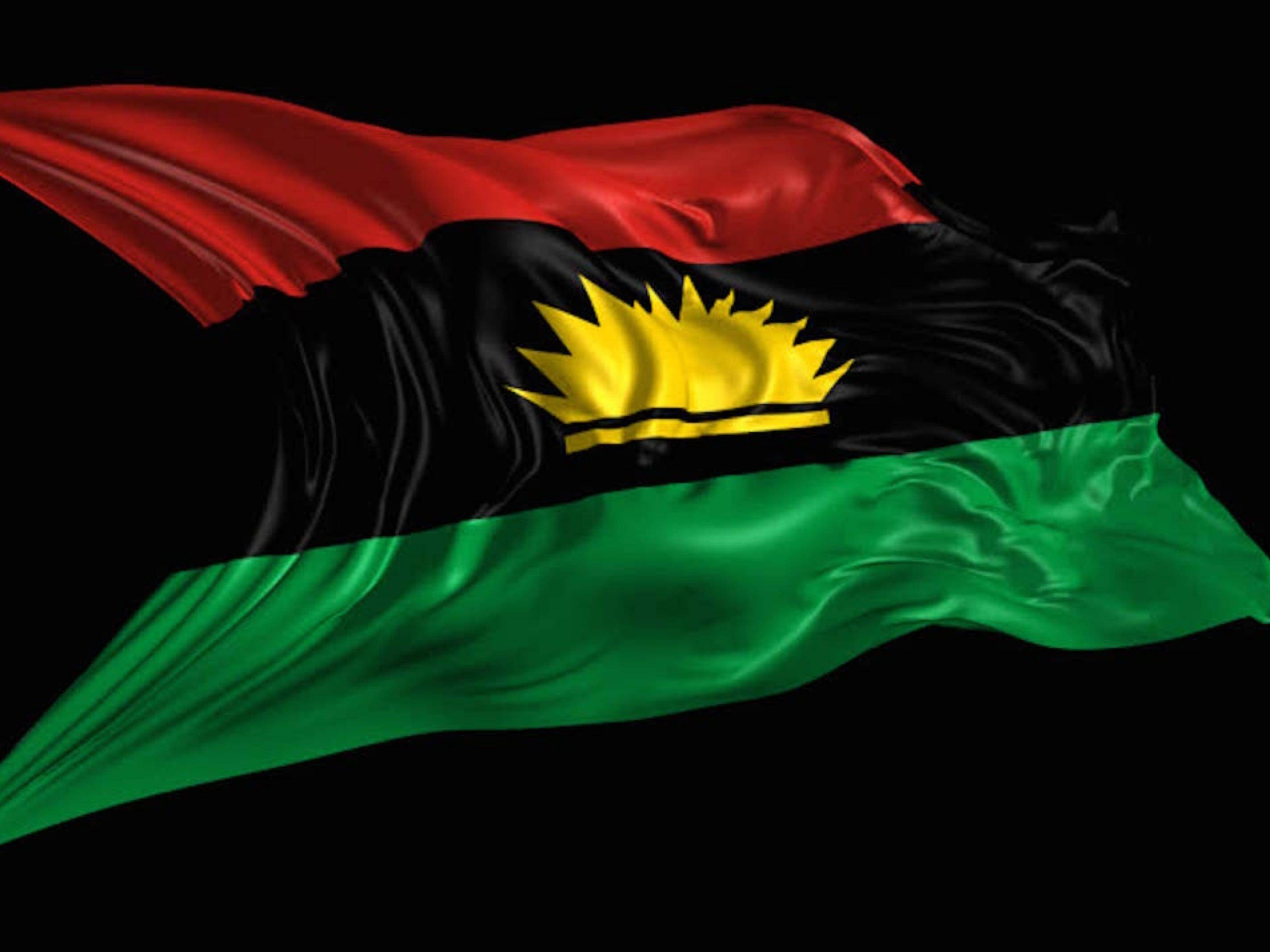Chronicled in the annals of ancient Egypt as Ta netjer or ‘the land of the gods’, the Land of Punt holds a reputation for being a reservoir of abundance. Egyptian hieroglyphs highlight the region as a cradle of resources like gold, aromatic resins, Blackwood, ebony, ivory, and exotic animals. Evidence from ancient Egyptian inscriptions suggests Punt’s geographical correlation with the modern-day Puntland State of Somalia.
Punt’s Profound Influence on Egyptian Civilization
The first historical traces of Punt were unveiled through ancient Egyptian texts. As a prosperous civilisation, the Puritans produced and traded gold, ebony, and silk, solidifying their status as affluent merchants. They ventured into other civilisations, fostering robust connections and endorsing peace, and this trading relationship manifested prominently with ancient Egypt. It appears Punt was a pivotal conduit of resources within and beyond Africa.
The Trading Legacy of Punt
Punt’s treasure trove was cherished by the Egyptians, who obtained from it a variety of commodities scarce in their land. The Egyptians imported from Punt not only mundane goods like gold, ivory, and ebony but also more exotic items such as aromatic gum, incense, spices, and precious woods.
Locating the Ancient Land of Punt
Punt’s location has stoked debates among historians, scholars, and archaeologists. Some believe Punt was part of the Arabian Peninsula, while others place it in the Horn of Africa, identifying it with regions like Somalia, Eritrea, or Sudan. A persuasive argument favours Somalia as the location of Punt, based on striking resemblances between the ancient and modern cultures.
Punt’s Cultural Resonance with Ancient Egypt
There is compelling evidence that Punt might have been located in the present-day Puntland State of Somalia, as noted by historian Abdisalam Mahamoud. He observes that the ancient Somali name for their region was “Bunn”, a term mentioned in Egyptian trade texts as ‘Pwenet’ or Pwene’, which is similar to “Bunni”, the region’s present-day name. Cultural parallels between ancient Egypt and modern-day Somalia, in language, ceremonial attire, and the arts, bolster this theory.
The Enduring Legacy of the Land of Punt
Despite its fading into mythology, Punt’s vibrant heritage lives on. The modern people of Somalia continue to honour their historical ties with Egypt, preserving ancient customs and linguistic elements. The traces of Punt in modern-day Somalia may provide the key to unlocking one of the most intriguing mysteries of ancient history.
The Queen Hatshepsut’s Ambitious Expedition to Punt
A testament to the flourishing trade between Punt and Egypt is evident from the accounts of Queen Hatshepsut, the fifth and second female pharaoh of the Eighteenth Dynasty of Egypt. In an ambitious venture, she ordered the construction of a fleet on the Red Sea to facilitate smoother commerce between the two civilisations. Moreover, the Pharaoh herself is said to have embarked on a journey to the ancient city, bringing back a bounty of gifts to Egypt, which included monuments, copper, and carved amulets.
The Echoes of Punt in Egyptian Art and Literature
Depictions of Punt and its inhabitants resonate in the artistic and literary fabric of ancient Egypt. A notable artefact is a painting showcasing the Queen of Punt during Hatshepsut’s visit to Egypt. This portrayal, coupled with the enduring metallic tree in front of Hatshepsut’s temple, believed to be a gift from Punt, is a vital visual testimony of Punt’s existence.
Moreover, the legacy of Punt is immortalised in the “Tale of the Shipwrecked Sailor” during the twelfth Dynasty (1991-1802 BCE). This popular narrative etched the memory of Punt into the collective Egyptian consciousness, further strengthening their cultural and historical connection.
The Controversial Geography of Punt
Navigating the complex web of historical evidence to pinpoint Punt’s exact location continues to be a contentious issue among scholars. Some suggest that Punt was situated along the coastal trade routes connecting the Red Sea to the Nile via the Wadi Tumilat in the eastern Delta. This theory is consistent with historical records documenting Hatshepsut’s expedition, which entailed disassembling their boats, transporting them overland to the Red Sea, and then sailing along the coastlines to reach Punt.
The Somalia Hypothesis
In recent years, a significant argument has emerged linking Punt to the Horn of Africa, particularly the Puntland State of Somalia. The hypothesis, championed by archaeologists like Dr Juris Zarins, posits that settlers from the Nile River Valley colonised Somalia during the Neolithic Period. Ancient architectural and cultural artefacts support this theory considerably, suggesting an intertwined history of Egypt and Somalia.
The Cultural Continuity of Punt in Modern Somalia
Even as the Land of Punt recedes into the mists of mythology, its legacy perseveres through the customs and traditions of modern Somalia. Historian Abdislam Mahamoud notes the linguistic affinity between ancient Egyptian and contemporary Somali languages belonging to the Hamitic group. Modern Somalis continue naming their children after ancient Egyptian deities, maintaining a living connection with their historical past.
Punt – A Forgotten Civilization Preserved in Memory
As we piece together the fragments of the past, the Land of Punt emerges as a civilisation that once played a significant role in the regional trade and cultural exchange in northeastern Africa. While it may no longer exist in physical form, its echoes resonate in the cultural and historical memory of the modern world.



